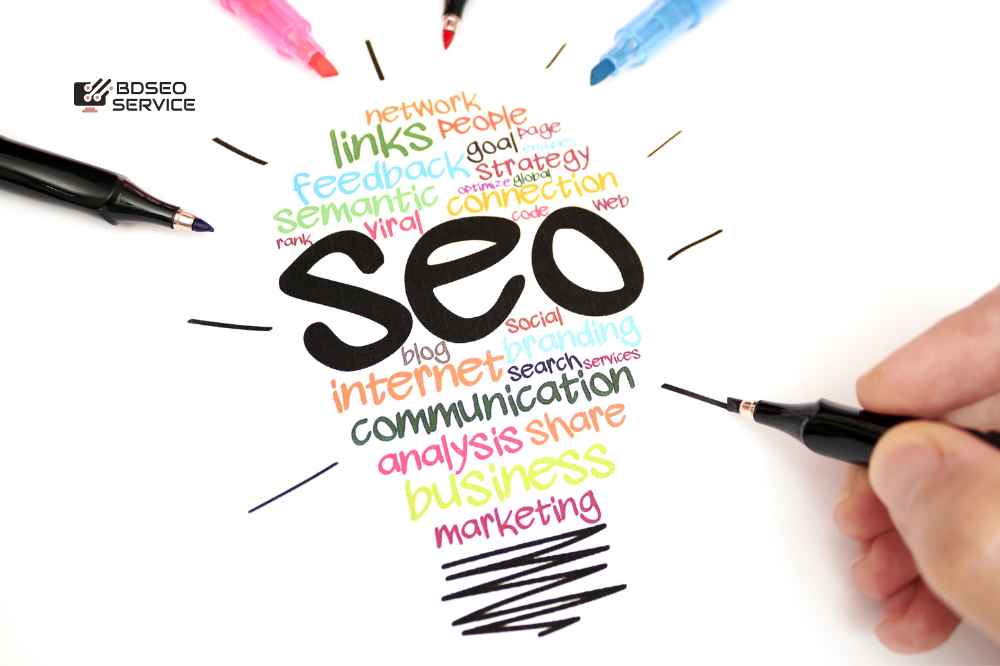Search Engine Optimization (SEO) can feel like decoding a complex puzzle. One question often asked by business owners and marketers is, “How long does SEO take to show results?” The short answer? It depends. While SEO typically takes 3 to 6 months to show significant improvement, timelines can vary based on multiple factors.
This blog unpacks these variables, explains the typical SEO timeline, and offers actionable steps to help you make faster, smarter progress.
What Is SEO and Why Does It Matter?
SEO is the process of improving a website’s visibility on search engines like Google, Bing, and Yahoo. When done correctly, it attracts organic traffic (unpaid visitors), boosts brand awareness, and can significantly increase your website’s conversions.
More importantly, SEO is not just about rankings; it’s about delivering an exceptional user experience and building trust with your audience.
Imagine your website ranking on the first page of Google for relevant keywords. For businesses, this visibility can translate into Credibility, More Leads, and Higher Revenue.
Factors Influencing SEO Timelines
Your SEO timeline is influenced by several factors. From your website’s current state to the competition in your niche, here’s what plays a critical role.
1. Website Age and Authority
- Older websites often have an advantage since they may already have indexed pages and backlinks (links from other sites).
- Newer sites may take longer to build trust and authority with search engines.
Example:
Ahrefs’ research found that the average age of a top-ranking page is 2 years. For new sites, expect a 6-12 month timeframe to establish substantial results.
2. Competition
- Industries like finance or real estate are highly competitive, making it harder to rank quickly.
- Niche markets with low competition often see faster results.
Pro Tip: Use tools like Semrush or Ahrefs to analyze your competitors’ strengths (like backlinks and keywords) and uncover gaps you can target.
3. Investment
SEO isn’t free, even though “organic” may sound like it is. Results depend on the time, effort, and budget invested in creating content, improving site performance, and acquiring backlinks.
Key Consideration: Higher budgets often accelerate timelines. With the right tools and a dedicated SEO team, you’ll likely see traction sooner.
4. Strategy
A clear, well-executed SEO strategy is fundamental.
- Targeting low-competition, high-return keywords initially helps build momentum.
- Focusing on fixing existing errors (like site speed or broken links) can yield quick wins.
Avoid chasing competitive keywords without a well-thought-out roadmap. Building authority incrementally is often more effective.
5. Algorithm Updates
Google is constantly fine-tuning its ranking systems. Some updates can be a boon (like favoring quality pages), while others may reset your progress if your site is not compliant.
Stay ahead of algorithm changes by optimizing for trends like Core Web Vitals and E-E-A-T (Experience, Expertise, Authoritativeness, Trust).
Stages of SEO and Expected Timelines
While SEO is an ongoing process, here’s what typically happens during the first 6 months of implementation.
1. Initial Setup (1–2 Months)
This stage lays the foundation by addressing basic issues.
- Perform keyword research and competitor analysis.
- Conduct a technical SEO audit, correcting key errors like broken links or insufficient site speed.
- Ensure indexing and mobile-friendliness.
Expected Results: Improvements in crawlability and user experience, though rankings may be minimal.
2. On-Page Optimization (2–4 Months)
Focus shifts to optimizing your website’s content and structure.
- Update meta tags, header tags, and internal linking.
- Create optimized service or product pages aligned with high-intent keywords.
- Implement responsive design for mobile-first indexing.
Expected Results: Low-competition keywords may begin showing minor improvements by Month 4.
3. Off-Page Optimization (4–6 Months)
Expand your reach beyond your site.
- Build a backlink profile by earning links from authoritative sites.
- Consider outreach strategies like guest posting or collaborating with influencers.
- Gain traction across local SEO if applicable (e.g., set up/update Google Business Profile).
Expected Results: Small but steady ranking improvements, especially if backlinks are from high-quality sources.
4. Content Marketing (Ongoing)
Content creation is the heartbeat of any successful SEO campaign.
- Write blog posts targeting long-tail keywords that drive valuable traffic.
- Refresh outdated content to maintain relevance and rankings.
- Experiment with multimedia like videos and infographics.
Expected Results: Consistent publishing keeps traffic growth momentum alive. Long-form, evergreen content can achieve better rankings over time.
Setting Realistic SEO Goals and KPIs
SEO is a marathon, not a sprint. Here are a few goals to help measure success effectively.
Sample KPIs
- Rankings: Track progress for target keywords.
- Organic Traffic: Monitor increased website visits from non-paid sources.
- Bounce Rate and Conversion: Improved user engagement and goal completion rates validate your SEO efforts.
- Backlinks: Growth in external links from credible websites.
Patience + Consistency = SEO Success
Realistically, SEO results take time. Expect the groundwork to pay off in 6-12 months. However, the benefits are well worth the wait when done strategically.
Here’s a quick disclaimer though—SEO isn’t a set it and forget it strategy. Monitoring performance, adapting to updates, and investing in new opportunities keep your rankings stable and growing.
Do you want expert guidance tailored to your website? Improve your SEO ranking now with a free SEO audit from BD SEO Service. Start seeing the results your business deserves!
